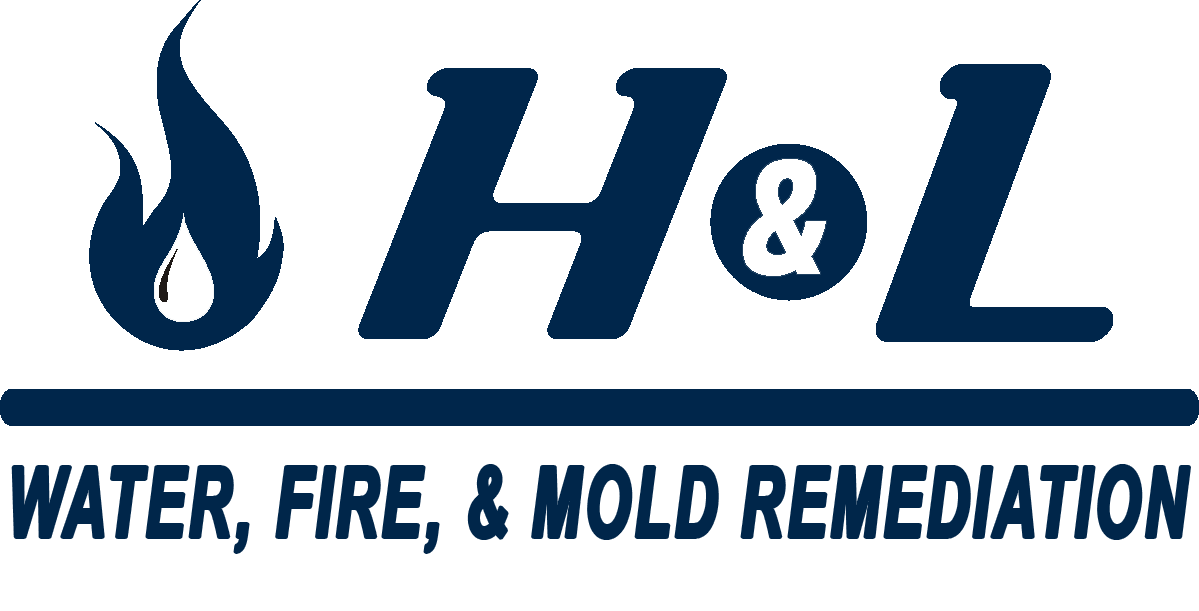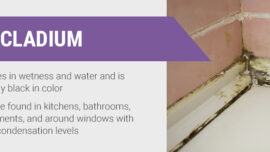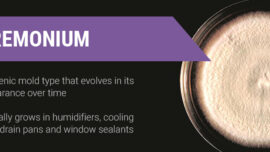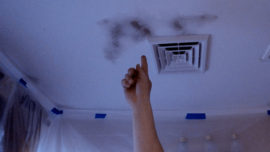
THE DIRTY DOZEN – 12 COMMON MOLD TYPES FOUND IN HOMES: PART 2
In part 2 of our series on the 12 most common types of mold found in US homes we take a look at 3 mold types that can pose a threat to you and your loved ones. As mentioned in part 1 of our series, some mold types are far more dangerous to human health than others. As such, equipping yourself with the knowledge to spot dangerous molds quickly may have serious implications on the health and wellbeing of your entire household.
1. Ulocladium
A moisture loving mold that thrives in wet environments, ulocladium is typically found in buildings and homes that have suffered extreme water damage. Whether spotted in bathrooms, kitchens, basements or along baseboards or windows you can be sure that significant moisture is present wherever Ulocladium resides. Ulocladium is known amongst restoration professionals as a key indicator of the presence of water damage within a structure.
Ulocladium is known for it’s two subspecies that can wreak havoc on individuals with allergies or immune disorders. Often times those suffering from either condition will experience serious adverse health effects such as hay fever when exposed to Ulolcadium mold.
2. Stachybotrys
Stachybotrys, or as it’s more commonly called, “black mold”, is known for it’s dark green-ish black appearance. Stachybotrys is a well known toxigenic mold that’s growth is accelerated by wet conditions. Known to grow exceedingly well on cellulose-type materials such as drywall, Stachybotrys begins it’s early stages as small black spots that multiply quickly.
From severe headaches to unexplained nosebleeds and extreme fatigue, Stachybotrys is known to be extremely disrutpive to humans. “Toxic mold” as it’s also called, produces mycotoxins that can cause respiratory infections in children and adults. Symptoms of exposure typically include pain breathing accompanied with burning sensations in the lungs and throat, tightening in the chest and severe headaches.
Stachybotrys has also been linked to neurological deficiencies and “bleeding lungs” in infants.
3. Mucormycetes
This houshold mold grows in thick patches and is often white or grey-ish white in color. A fast growing allergenic species, Mucor typically grows near air conditioning systems and ducts thanks to moisture and condensation emitted from a units operation. Mucor can cause a wide variety of health issues but far and away the most commonly reported symptoms of Mucor exposure include reduced respiratory capacity, asthma and malaise.
In the most rare cases, individuals who suffer from prolonged Mucor exposure will devlop a rare illness called, mucormycosis. Mucormycosis is a rare fungal infection that damages sinuses and lungs and can even cause harm to the brain. The eyes, nose and renal systems can even be affected making this one of the scariest mold-driven illnesses on our list.


